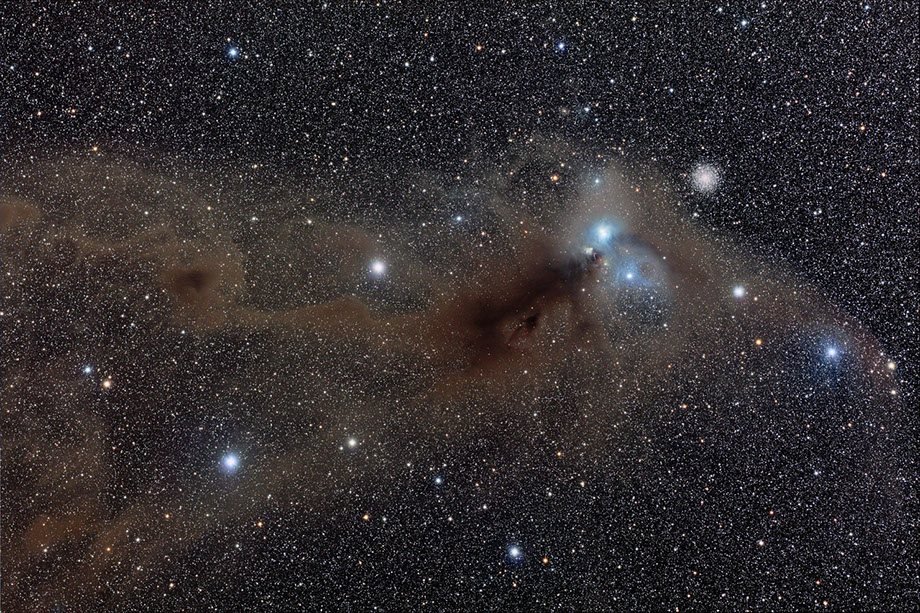
Research
I focus most of my research on understanding how stars and their planets form.
Stellar and planetary formation takes place over millions of years. Because one cannot wait for the entire process to complete, astronomers design their observations to study many stars at various stages of their formation. By comparing these observations to theoretical predictions, they can deduce the mechanism(s) responsible for star and planet formation.
I use telescopes and instruments from various space and ground based observatories to study star formation. Several quantities are particularly interesting because they are direct products of the stellar formation process:
- the cosmography of massive stars. Massive stars are good tracers of young associations, and their spatial distribution tells us about the way star formation occurs in the galaxy
- the distribution of mass within an association (did the star formation produce to more massive stars? or more low mass stars?)
- the properties of multiplicity (how many binary stars, triple stars, ... and what are their orbital properties and typical mass ratios?)
- the protoplanetary discs, where planets are formed (do their properties depend on the central star mass? on the environment? how fast do they evolve?)
- the dynamics of an associations (how many stars are ejected from the proto-cluster? are low mass stars moving faster than their massive counterparts?)
Photograph Credit: Yuri Beletsky
© Last Update: 13-02-2017 by H. Bouy
Photograph Credit: Yuri Beletsky